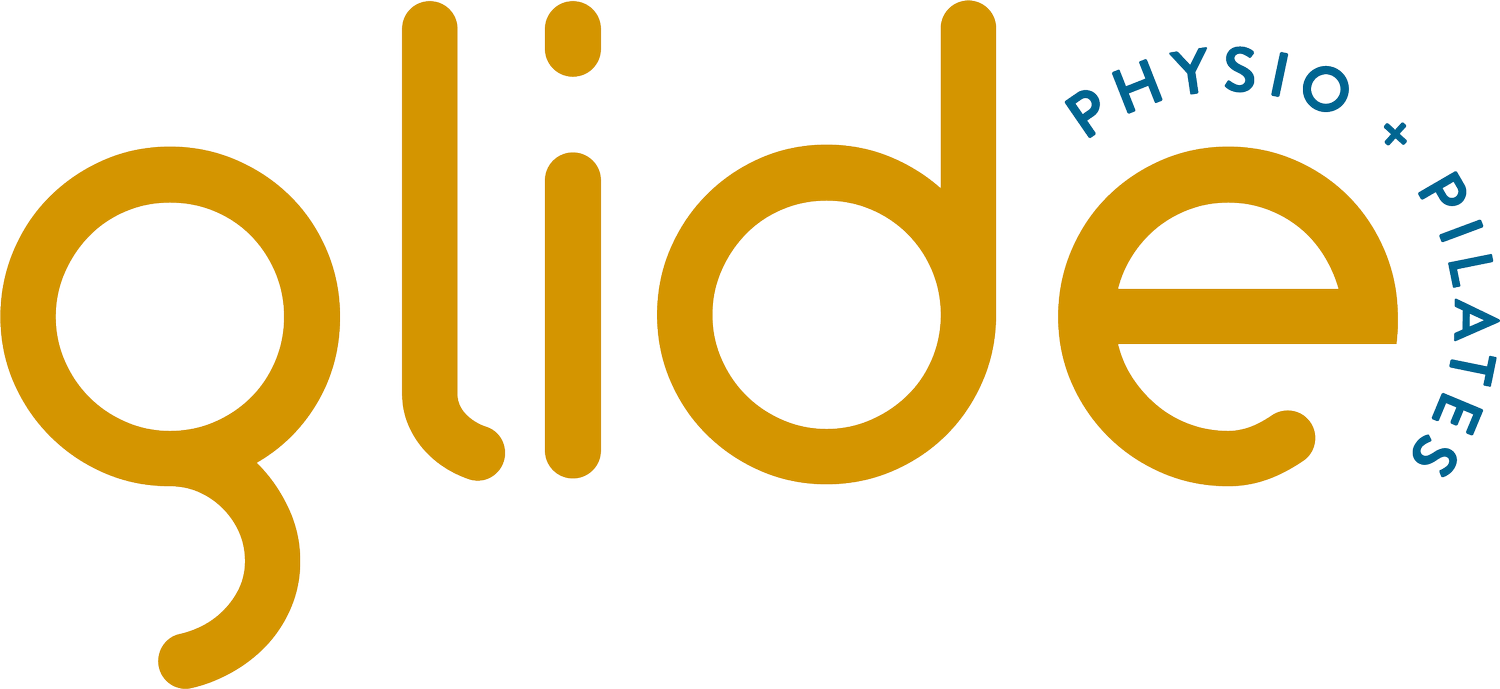What is Dry Needling?
Dry needling is a technique used by physiotherapists to relieve muscle pain and tension by inserting thin, sterile needles into trigger points—hypersensitive areas within muscle fibres that can cause pain locally or refer pain to other areas. Trigger points often develop due to muscle overuse, stress, or injury, resulting in taut bands of muscle fibres that can limit movement and cause discomfort. Dry needling aims to release these trigger points, improve circulation, and stimulate the healing process.
What Does Dry Needling Feel Like?
When a needle targets a trigger point, clients may feel a brief, involuntary twitch response in the muscle, often followed by a sensation of relief or relaxation. This twitch is caused by a quick contraction and release of the muscle fibres, which helps reset the muscle’s resting tone. Some clients may feel mild discomfort during treatment, while others experience minimal sensation. Any post-treatment soreness typically resolves within 24–48 hours.
How Does Dry Needling Work?
Dry needling may relieve pain and improve muscle function through several mechanisms, acting at both the tissue level and within the nervous system:
Trigger Point Deactivation: Inserting the needle disrupts the muscle's tight contraction at the trigger point, releasing the taut muscle fibres and improving local blood flow. This helps flush out waste products that accumulate in tight muscle tissue and reduces localised pain.
Tissue-Level Changes: Needling stimulates collagen and fibroblast activity in the muscle, promoting tissue healing and reducing muscle tightness over time.
Neurotransmitter Release and Pain Modulation: Dry needling stimulates the release of neurotransmitters such as serotonin and endorphins, which help regulate pain perception. It also reduces excessive acetylcholine at the neuromuscular junction, which can prevent the sustained contraction associated with trigger points.
Central Nervous System Effects: Dry needling may help "reset" pain pathways in the nervous system by reducing the sensitivity of pain-processing centres in the brain and spinal cord, a concept known as central desensitisation. This modulation can lead to longer-term pain relief for chronic conditions.
Conditions That Can Benefit from Dry Needling
Dry needling is beneficial for various musculoskeletal conditions, including:
Myofascial Pain Syndrome: Effective for releasing hypersensitive areas in muscles and reducing associated pain.
Chronic Back and Neck Pain: Helps alleviate persistent tension and discomfort in these areas.
Headaches and Migraines: Targets muscle tension that may contribute to headache symptoms.
Shoulder Impingement and Rotator Cuff Injuries: Reduces pain and improves mobility by releasing tension in affected muscles.
Tennis Elbow: Alleviates pain in forearm muscles, improving grip and arm function.
Plantar Fasciitis: Relieves tension in the foot muscles, aiding in pain reduction and mobility.
Benefits of Dry Needling
Dry needling can be effective for:
Reducing Muscle Pain and Tension: By deactivating trigger points and promoting muscle relaxation, dry needling helps alleviate localised pain and tightness.
Improving Mobility: Releasing tight muscle fibres allows for improved range of motion and flexibility.
Accelerating Recovery: By increasing blood flow, releasing neurotransmitters, and promoting healing, dry needling can support faster recovery from muscle injury or strain.
Potential Side Effects
While most clients tolerate dry needling well, some may experience:
Temporary Soreness or Bruising: Mild soreness or small bruises at the needle site are common and generally subside within 1–2 days.
Fatigue: Some clients report feeling fatigued as their body adjusts to the treatment.
Mild Bleeding: Occasionally, there may be slight bleeding at the needle site, which is minimal and stops quickly.
What Does the Latest Evidence Say?
Research supports dry needling as an effective short- and medium-term intervention for pain relief. Studies indicate that combining dry needling with other therapies, such as exercise and manual therapy, can enhance outcomes by promoting mobility, reducing pain, and supporting long-term recovery. Emerging research on the neurological effects of dry needling continues to show promise, with evidence suggesting it can effectively modulate pain pathways and promote tissue healing.
